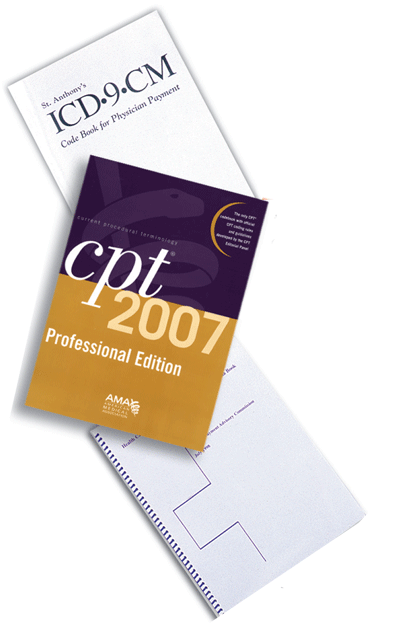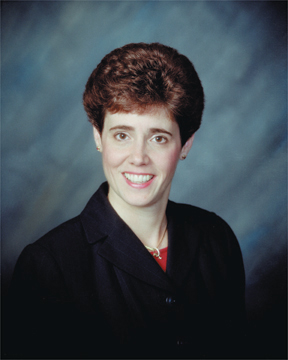 Q: What does the new CPT code 99174 (ocular photoscreening with interpretation and report, bilateral) entail?
Q: What does the new CPT code 99174 (ocular photoscreening with interpretation and report, bilateral) entail?
A: Photoscreening is a rapid, efficient, reproducible and highly reliable technique for the early detection of sight-threatening conditions in children, such as strabismus, refractive errors, media opacities and retinal abnormalities. Using this technique, a photograph is produced by a calibrated camera under prescribed lighting conditions, which shows a red reflex in both pupils. A trained observer can identify ocular abnormalities by recognizing certain characteristic changes in the photographed pupillary reflex. Photoscreening can be performed by a layperson with the required skill, by a primary-care physician or by an eye-care professional.
Q: What are the indications for screening?
A: Photoscreening, or a complete eye exam by an ophthalmologist skilled in the examination of children, should be performed on all children age 3 to 4 years who cannot cooperate for visual acuity testing. For further information, see also the Policy Statements area of the
Q: What are the characteristics of a screening program?
A: Several features differentiate screening from other diagnostic testing. They include:
• Screening is part of a wellness program to check for disease that may otherwise go undetected.
• Screening is not prompted by a patient complaint, symptom or problem.
•Screening is not required by medical necessity.
Q: Do health insurance plans cover screening?
A: Not usually. As a general rule, routine care, preventative medicine, prophylactic measures and screening are not covered services. Some health plans take the opposite view and encourage patients to maintain their health and have frequent check-ups for early disease detection. Before testing, you should check the payer's policies.
Q: If the screening is not reimbursed, how can we be compensated?
A: Patients must make a choice about photoscreening. After the benefits of photoscreening have been explained, the patient is advised of the extra charge for the service and may be asked to sign a form acknowledging financial responsibility for a non-covered service.
Q: May we report an eye exam code (92002–92014) in addition to the photoscreening code?
A: No. In addition to the new code publication in January 2008, CPT further instructs that physicians should not report 99174 in conjunction with 92002 – 92014, 99172 or 99173 (vision screening). Third party payers consider vision screening incidental to an eye exam or well- child exam.
Q: If this is a photograph, may 92285 (external ocular photography) be used instead of 99174?
A: No. Coders must select the procedure code that accurately identifies the service performed. For diagnosis code (ICD-9), use V80.2 (special screening for neurological, eye and ear diseases, other eye conditions).
Q: What does the chart documentation contain besides the photograph?
A: Besides the photograph, the chart should contain: the patient's name and the test date; appropriate chart notes about the results including interpretation of the results and a notation of the findings and assessment; and the signature of the physician.
Q: If photoscreening discovers pathology, will a claim be reimbursed?
A: For payers who do not cover screening, the results are immaterial with respect to reimbursement. For most third-party payers, screening is a non-covered service regardless of what is found.
Q: If screening reveals pathology and additional testing is ordered, will those follow-up services be covered?
A: Yes. Medically necessary diagnostic tests ordered to evaluate suspected disease are covered services. Reimbursement of your claim is expected provided that the chart documentation is complete and supportive.
Children who fail either visual acuity testing or photoscreening, or who cannot be adequately screened with either technique after age 42 months should be referred to an ophthalmologist experienced in the care of children.
Q: Have relative value units been assigned to the new code 99174?
A: No. Although this service now has a Level 1 CPT code, the Centers for Medicare & Medicaid Services publications do not include RVUs for this new code. Prior to 2008, Category III code 0065T was used to describe this service on claims for reimbursement.

Ms. McCune is vice president of Corcoran Consulting Group. Contact her at DMcCune @corcoranccg.com.




